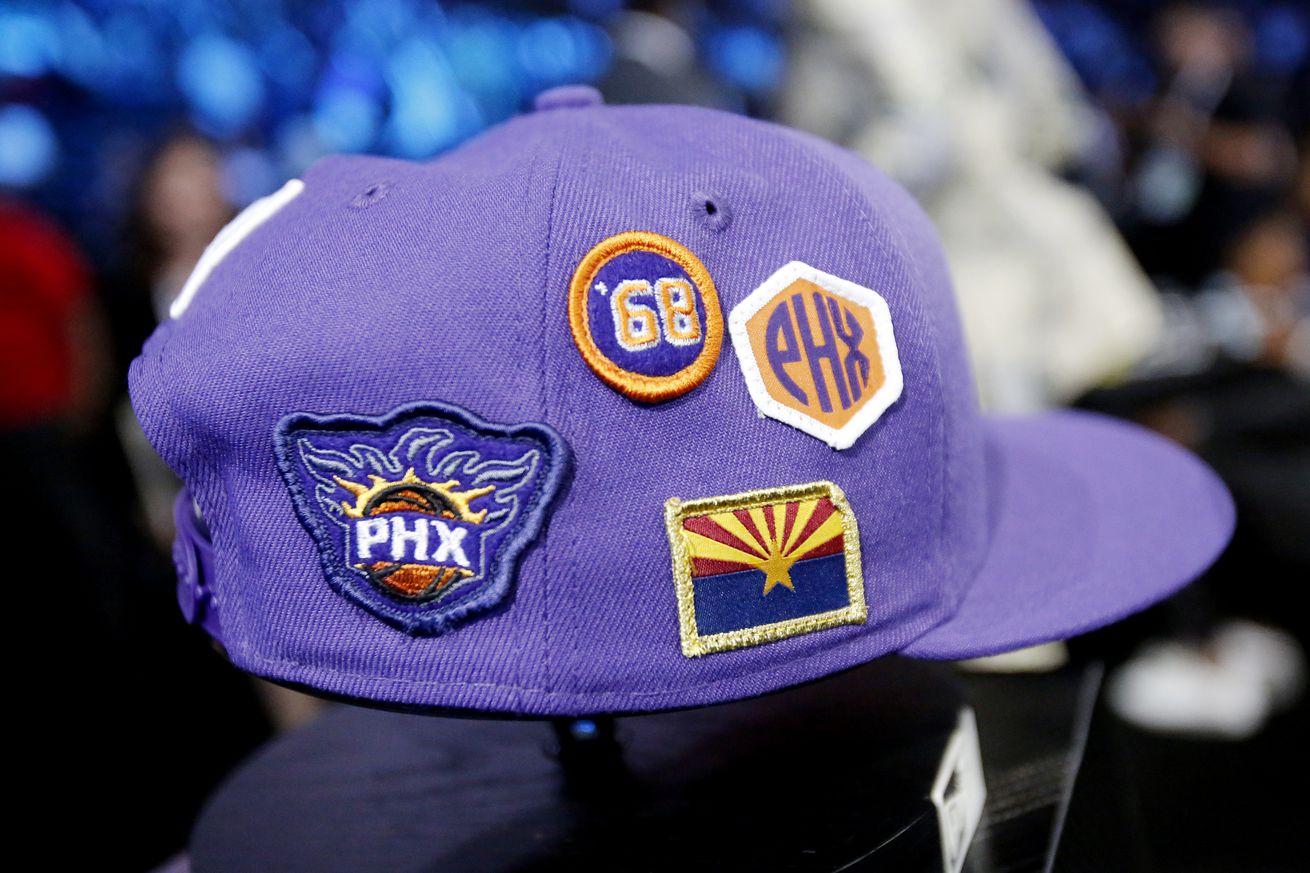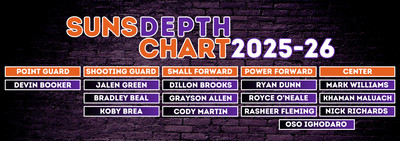
Where do the Suns stand as they prepare for free agency?
Like the staccato crack of gunfire echoing through the hedgerows outside Carentan on the evening of June 8, 1944, the lead-up to NBA free agency has been marked by scattered bursts of action. Brief, jarring, and largely inconsequential. A Shams bomb detonates, then silence. Lonzo Ball, once a question mark, now a Cavalier. Isaac Okoro slips into a Bulls uniform with the soft thud of a move that barely registers beyond the transaction wire.
No seismic shifts. No earth-moving deals. And most certainly, no activity from the Phoenix Suns. Silent, poised, perhaps brooding.
But we know what’s coming.
At precisely 3 PM on Monday, the real firefight begins. That’s when the bullets start flying. That’s when your phone vibrates with the urgency of a foxhole alarm. That’s when reflex takes over: refresh, scroll, react, repeat. The air thick with smoke, speculation, and the shrill whistle of misinformation. This is not the prelude. This is the plunge.
And if you’re not ready, you’re already behind.
For now, all is quiet. We sit. We wait. We wonder. What will the Phoenix Suns do this time? How will they reshape a roster that begs — no, demands — a reinvention?
This is your free agency primer. A calm before the storm. A moment of clarity before the chaos. Because make no mistake: changes are coming. They have to. The current construction is unsustainable, an ornate house built on a crumbling foundation.
And while the league idles in the gray area, where no deal is yet official, no rookie has put pen to paper, and everything exists in a limbo that stretches until July 6, we can at least take stock of what is.
Here’s where the Phoenix Suns stand: their current cap sheet, their depth chart, and a window into the work that lies ahead.

A quick note: there are a few assumptions baked in here.
While rookie Khaman Maluach’s contract is locked in as projected, we had to make some educated guesses when it comes to Rasheer Fleming and Koby Brea. At this point, it’s unclear whether Brea will sign a standard deal or land on a two-way.
So while the final salary figures aren’t set in stone, they offer a solid framework, a snapshot of where the Suns stand right now as they prepare for what comes next.
As for the depth chart? There is one glaring need (and one player that I wish upon a star would be gone):

Here’s how I see it: as we enter free agency 2025, the Suns are staring down a roster that needs at least three additions, and they’re $17.9 million over the second apron (with rookie contract included).
What does that mean in practical terms? It means change is inevitable. It has to be.
If the Suns don’t get under that second apron, this will mark their second consecutive year above it. And, if they were to remain above it going into 2026-27, that would trigger a cap penalty with real, long-term consequences: namely, their 2033 first-round pick would be frozen and pushed to the back of the round. That may sound like a distant problem, but for a team already depleted of draft capital, it’s a ticking time bomb.
And if Brian Gregory plans to be here for the long haul, it’s something he has to care about. He preached the importance of building through the draft during his first days on the job. Wednesday and Thursday night were proof of that. He sees value in young talent, in replenishing the well.
But to get there, some salary-cap gymnastics are in order. Something’s gotta give.
Whether it’s filling out the roster with better minimum deals, navigating the trade market with precision, or taking the nuclear route — negotiating a buyout with Bradley Beal — moves must be made.
This isn’t optional. It’s the cost of staying competitive. It’s the price of missteps past. And now it’s Gregory’s turn to pay the toll.
Listen to the latest episode of the Suns JAM Session Podcast below. To stay up to date on every episode, subscribe to the pod on Apple, Spotify, YouTube, YouTube Podcasts, Amazon Music, Podbean, or Castbox.
Please subscribe, rate, and review.